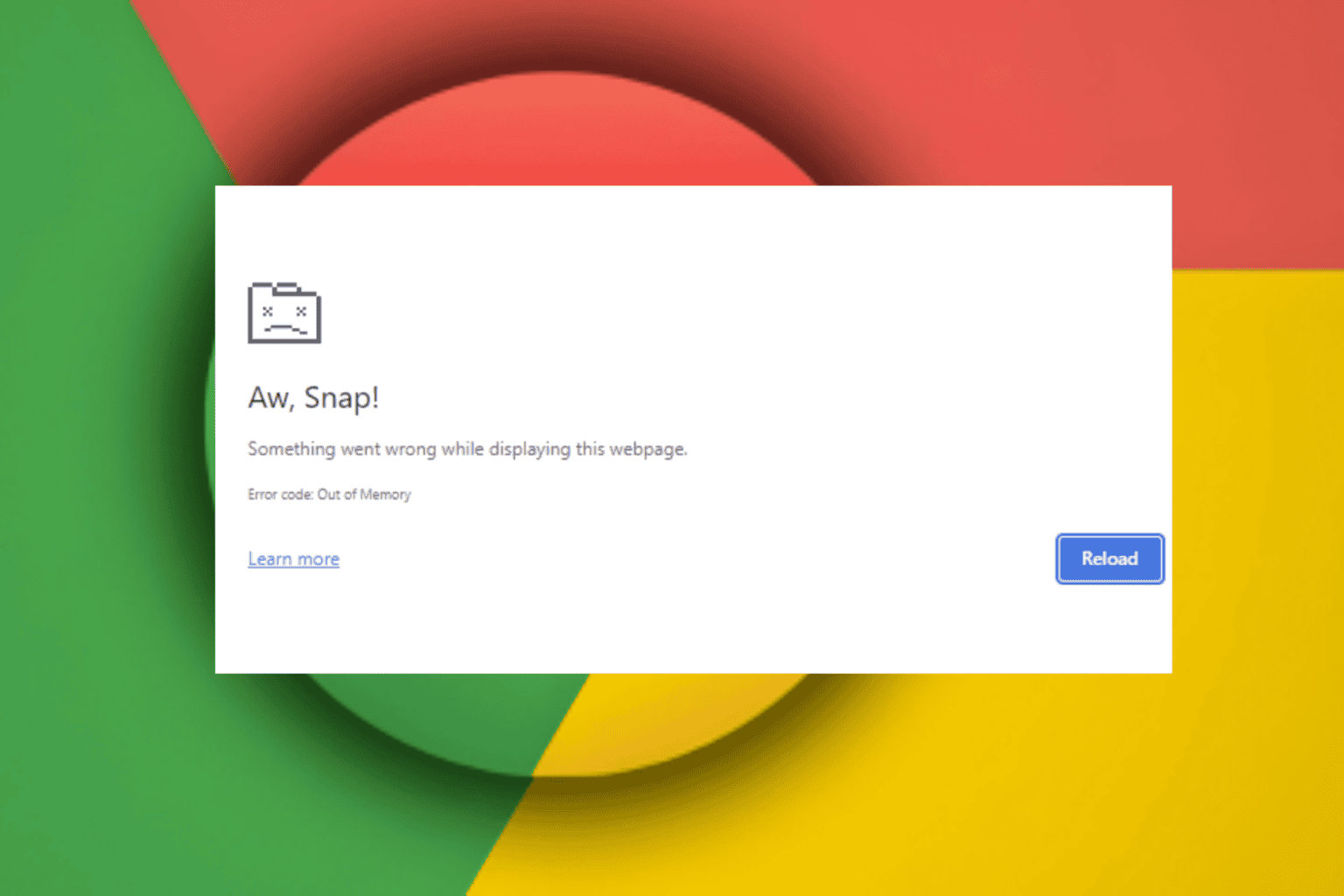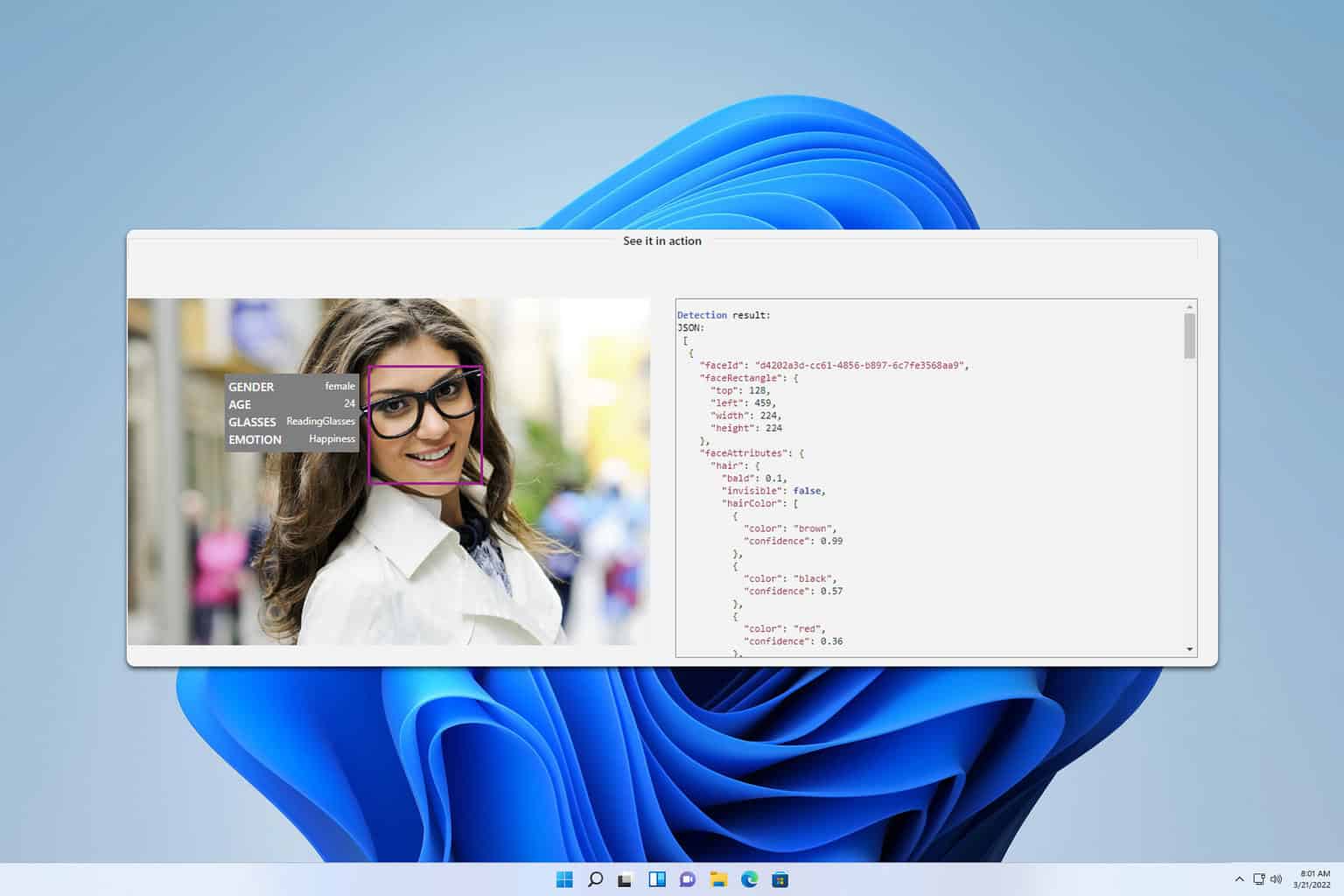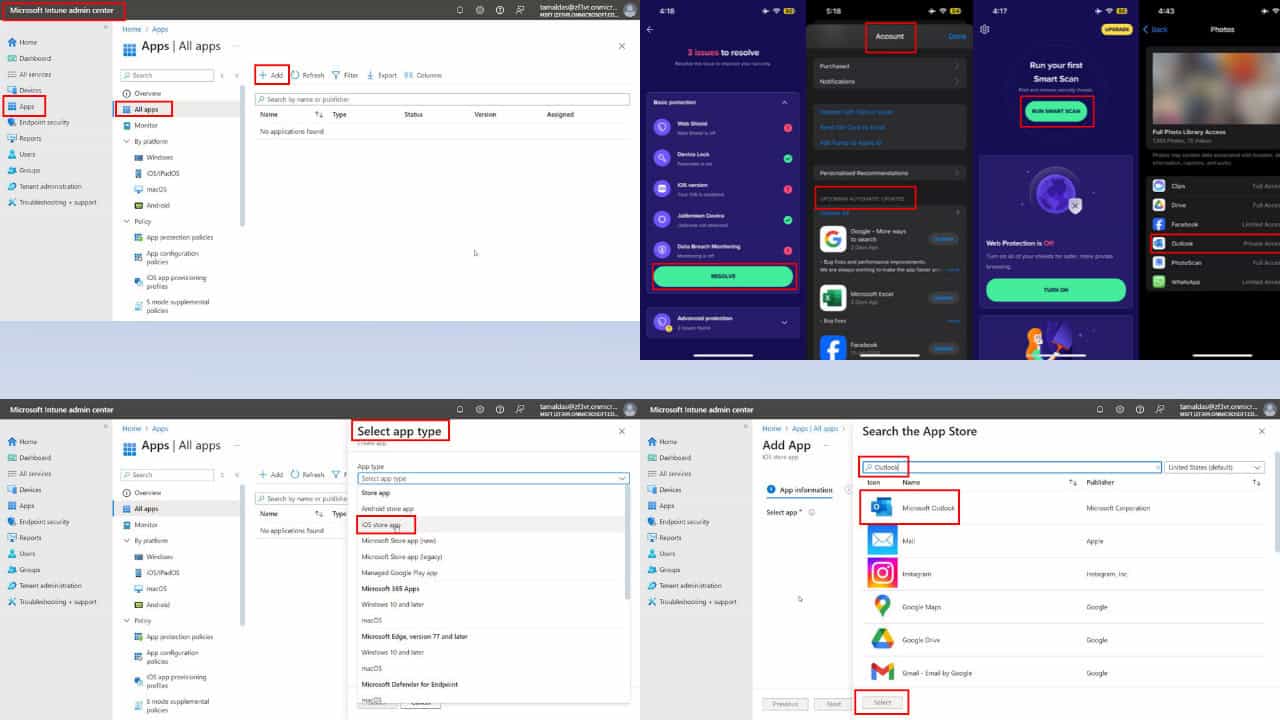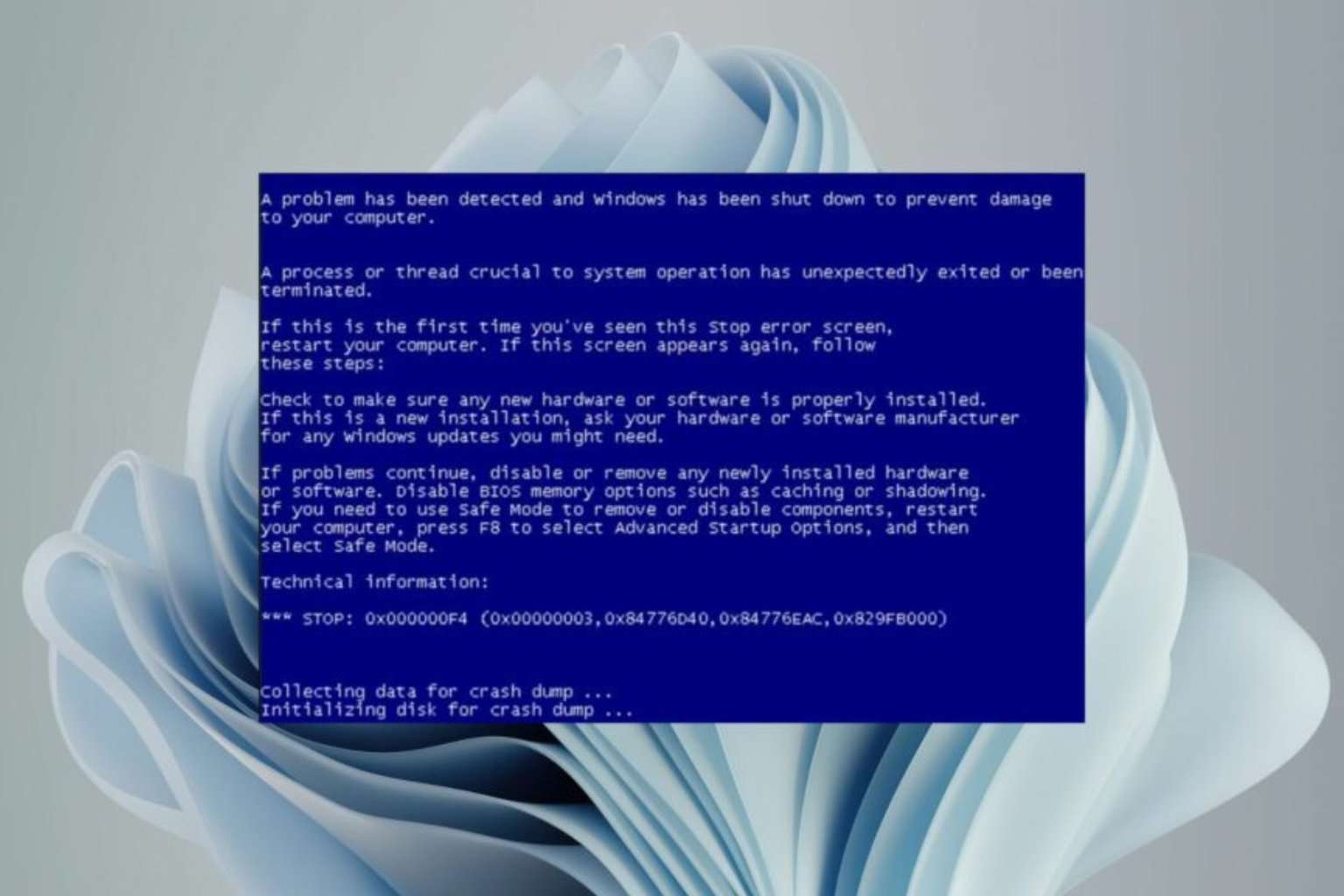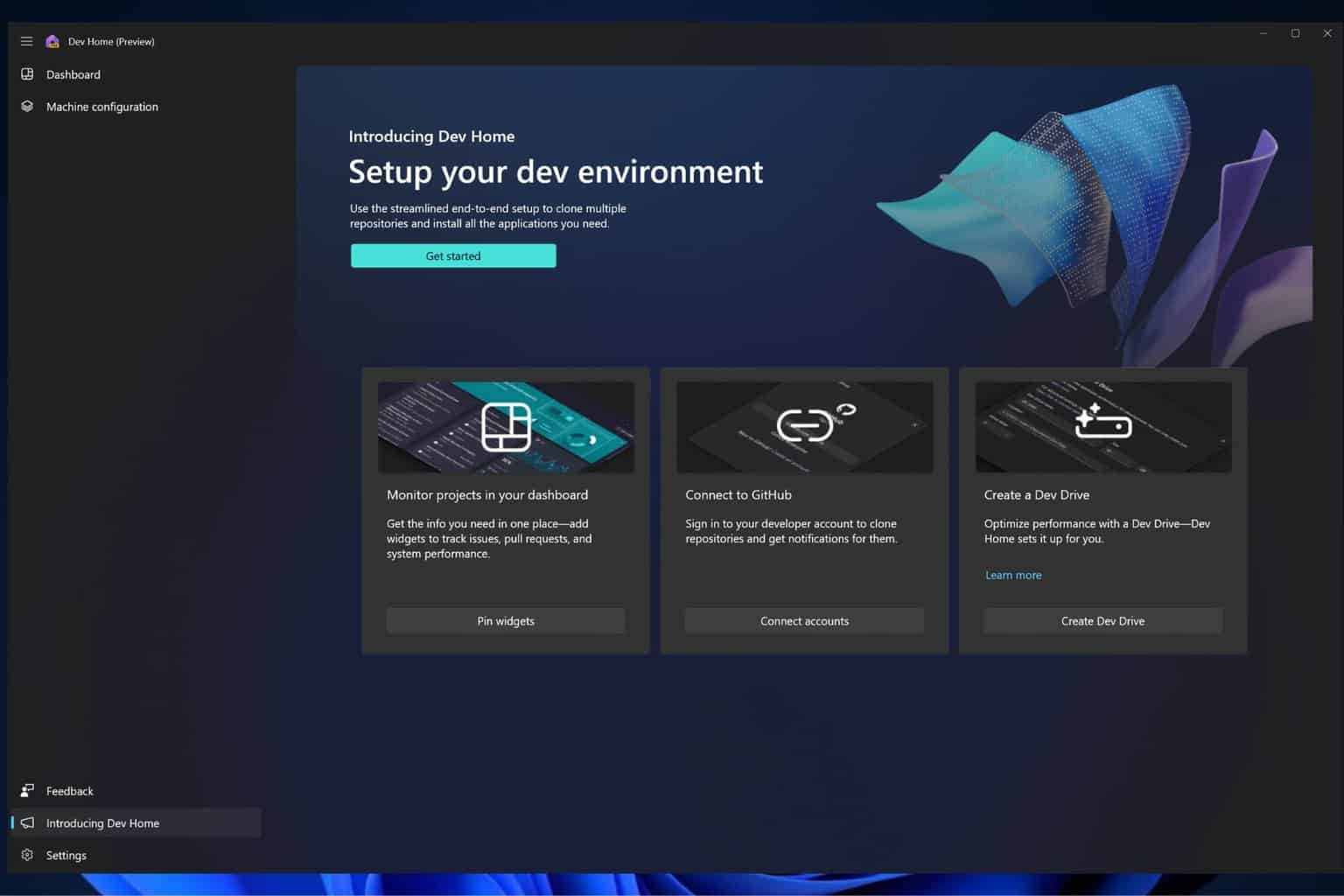The mysterious Windows 10 Z drive: Here's what you need to know about it
2 min. read
Updated on
Read our disclosure page to find out how can you help Windows Report sustain the editorial team Read more

After upgrading to Windows 10, many users reported a new SYSTEM (Z:) drive appeared on their computers. Since there isn’t much information available on this mysterious drive, every time Windows 10 users see this partition appear on their machines, they fear they’re under a virus attack. Rest assured, this isn’t the case.
Tens of thousands of users viewed this particular forum thread, but Microsoft’s vague answers only deepened the mystery around the Z: partition.
Like others, the Z drive mysteriously appeared in the file manager of my Windows 10 Surface 2 Computer. Trying to access it was denied. Used diskmgmt.msc as suggested and, although multiple recovery areas were listed, none had any letter and Z was absent from the list.
The Z: drive appears for no apparent reason and as users confirm, there is no security tab to take ownership and gain access to the content of the partition. When users try to access it, a pop-up window displays the following message: “You don’t currently have permission to access to folder“.
Also, this disk doesn’t show up under the Disk Management window. Many users also report that the Z: drive appears and disappears randomly. Windows 10 users tried various solutions to find out if this drive is malicious or not. They scanned it with Malwarebytes and ran Chkdsk, but no errors or viruses were detected.
Fortunately, HP explained why Windows 10 adds the Z: drive, shedding light on this mystery.
That new drive labeled (Z: ) is the restore partition which is added to give you the option of restoring back to your previous version of windows. It is nothing to worry about, and should not be deleted.
In a nutshell, this partition should never have appeared on users’ computers. Indeed, it should exist on Windows 10 machines, but it is supposed to be hidden. It appears that a bug randomly makes this drive visible, causing much stir among Windows 10 users.
RELATED STORIES YOU NEED TO CHECK OUT:

